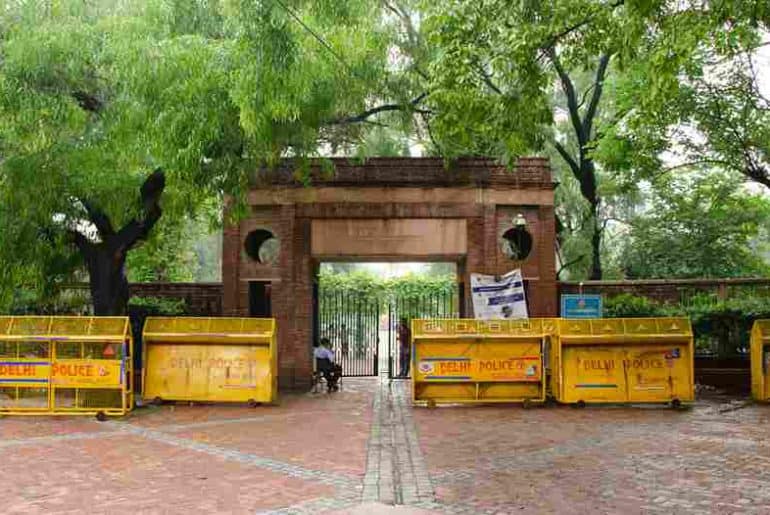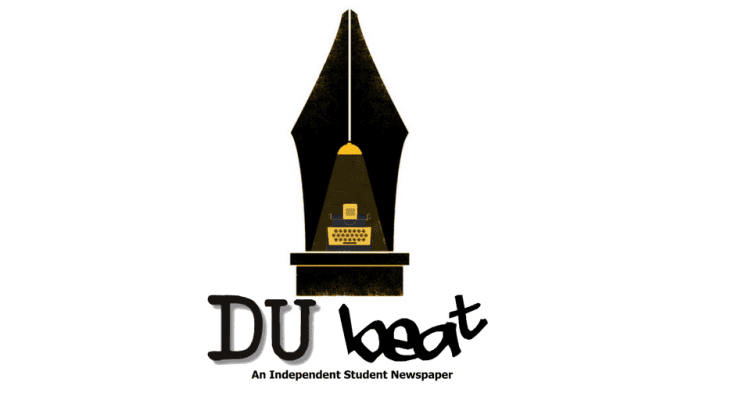The rural-urban campus divide
Ever since the inception of Banaras Hindu University (BHU), India’s very first central university established in 1916, a lot has changed in terms of the demography often found in such premiere educational institutes. The demographic shift has also led to a new phenomenon in these spaces – the growing rift between rural and urban India.
Higher educational spaces often come with the promise of securing a better livelihood by the provision of a space to learn and grow. India has 56 central universities across the entire nation, with seven being in Delhi itself. It is this abundance of central universities, and diverse nature of students that it attracts, that makes Delhi a vital cultural hub for our youth. Every year, the likes of DU, JMI, and JNU admit thousands of students from all over India, many speaking different languages and living vastly different lives. More often than not, these students come to an educational hotspot like Delhi with great ambitions.
There’s a great deal of diversity, with a very clear rural-urban divide that becomes very apparent in university campuses. To better understand this growing epidemic, we spoke to the students themselves. There were a number of problems that stood out and remained constant across the responses. They ranged from linguistics, stereotypes, and ultimately a sense of feeling ignored by the privileged.
“A friend of mine from Ramjas College had his friends distance themselves from him, simply because of the way he dressed and his accent resembling a Bhojpuri one. This has been something I have noticed in my college as well.”
This is what a student from Kirori Mal college had to say when asked whether he had encountered an incident where the rural-urban divide was apparent.
“I have never seen so much regionalism anywhere else.”
A student residing in Delhi said when talking about problems faced by them.
Incidents like the ones above, unfortunately, have become the norm in recent times, with racism and xenophobia becoming ever more casual in India. Due to incidents like these, students coming from semi-urban towns or villages often lose self-confidence when starting out their college lives, often already burdened by the pressure put on their shoulders by their families due to constant stereotyping and discrimination faced. These incidents only further the sense of alienation and exclusion, leading them to fade away –, afraid to stand out due insecurities during a period of life when they should be exploring themselves, meeting new people, and growing as individuals.
“Not knowing English or being fluent in English really hinders our interactions with our peers and our classroom participation where English is the primary mode of communication.”
Issues along linguistic lines continue to be a rampant issue in Indian society and have spread to these universities as well. Even in academia, accessibility to non-English resources is practically non-existent, and not enough is being done by authorities to address this glaring issue that a large section of society has been facing for decades. The default medium of teaching being English hinders classroom development, but having no access to resources to study makes matters all the more sour.
The space definitely needs a cultural revamp, one that fosters inclusivity and encouragement amongst peers. There is an urgent need to recognize the differences that exist between people. A lot needs to be done to make university campuses more inclusive and equitable regardless of who you are, where you come from, what you speak, or how tech-savvy you may be. Recognizing the different challenges people face is the first step to developing a sense of empathy, because support and encouragement take people miles more than anything else is ever likely to.
Read also: Precarity, Infrastructural Collapses, and the Façade of Prestige: What the NIRF Rankings Hide
Featured Image Credits: Devesh Arya, DU Beat
Yash Raj



 Ajay sells tea at night to pay for coaching classes, Image Source: The Indian Express
Ajay sells tea at night to pay for coaching classes, Image Source: The Indian Express


